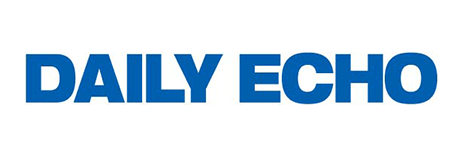Coconut oil.
Why are we not all eating this wonder food?
The benefits of coconut oil truly reach far and wide, but certain components of this tropical oil stand out for their valuable contribution to good health. Lauric acid, a medium-chain fatty acid found mainly in coconut oil, is one of these prized substances. Pure coconut oil contains about 50 percent lauric acid, and is the most abundant natural source of lauric acid available.
How the Body Uses Lauric Acid
When lauric acid is present in the body, it is converted into monolaurin, a monoglyceride compound which exhibits antiviral, antimicrobial, antiprotozoal and antifungal properties. It acts by disrupting the lipid membranes in organisms like fungus, bacteria and viruses, thus destroying them.
The compound monolaurin is an effective treatment for candida albicans and fungal infections like ringworm and athlete’s foot. Monolaurin also specifically targets bacterial infections as well as lipid-coated viruses like herpes, the measles, influenza, hepatitis C and HIV. Researchers in the Philippines have even begun studies to prove the effectiveness of lauric acid against HIV/AIDS because of its strong antiviral properties. Plus, lauric acid is basically non-toxic, which gives it a distinct advantage over modern pharmaceutical drugs that are typically used to fight viruses, bacterial infections and fungal infections.
Without a plentiful source of lauric acid, the body cannot produce monolaurin, and all of these important benefits are lost. Many people who regularly consume coconut oil experience less sickness. Breast milk is the only other natural source that contains such a high concentration of lauric acid, which could explain the drastic decrease of infections of all types in breast-fed babies.
A Missing Element in Today’s Diet
The lauric acid content of foods and infant formulas has been rapidly decreasing over the years. Manufacturers and consumers alike have turned from using coconut oil and have replaced it with cheap vegetable oils, obliterating lauric acid intake in the process.
There is no recommended daily allowance (RDA) for lauric acid, but as a guideline, Dr. Mary G. Enig suggests adults and growing children can benefit from an intake of 10 to 20 grams of lauric acid per day. It’s interesting to note that nursing babies consume up to 1 gram of lauric acid per kilogram of body weight per day.
You can get about two grams of lauric acid from one tablespoon of dried coconut, and quality coconut milk will contain about three and a half grams per two ounces. But coconut oil by far contains the best concentration of lauric acid – about seven grams per tablespoon.
Renowned coconut oil experts like Mary Enig and Bruce Fife recommend the average person eat about three tablespoons of coconut oil each day. This amount will not only provide protection against bacteria and viruses, but it will also increase your metabolism and improve the condition of your skin and hair, in addition to many other benefits.
To reap the full benefits of using coconut oil, choose a high-quality source that offers coconut oil in its best form: organic, cold-pressed and extra virgin.
Call 01202 671783 now to order your coconut oil.






